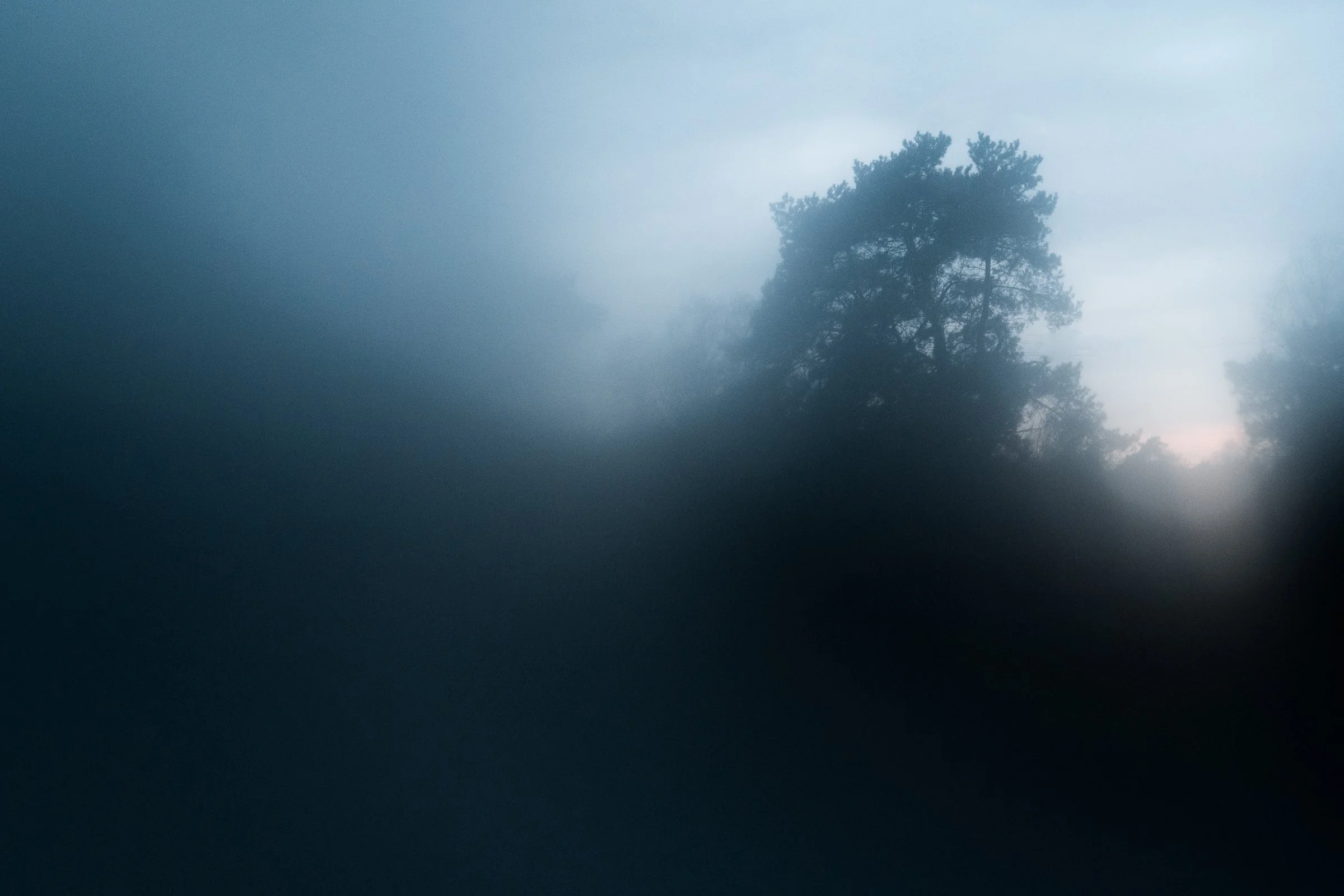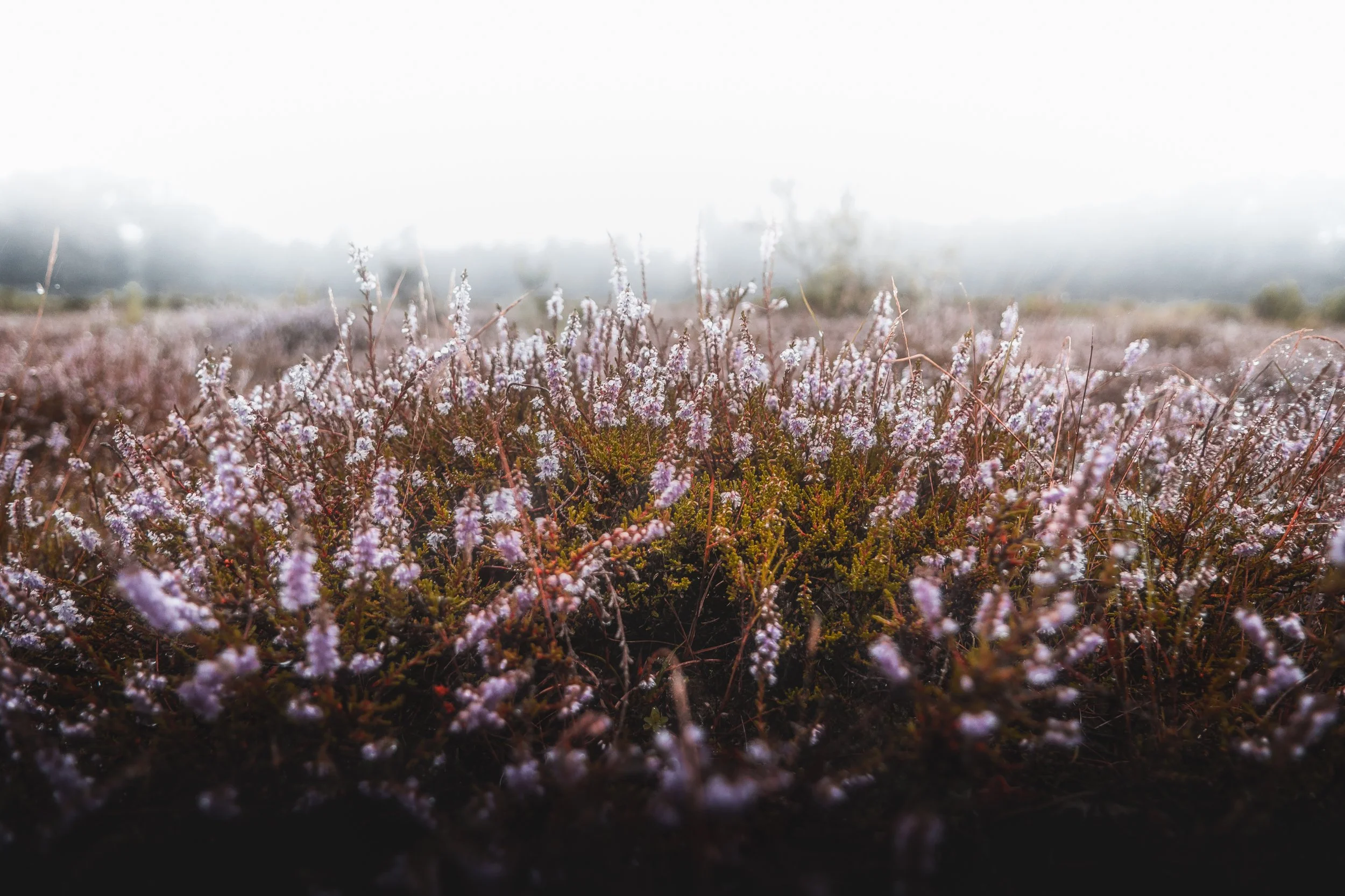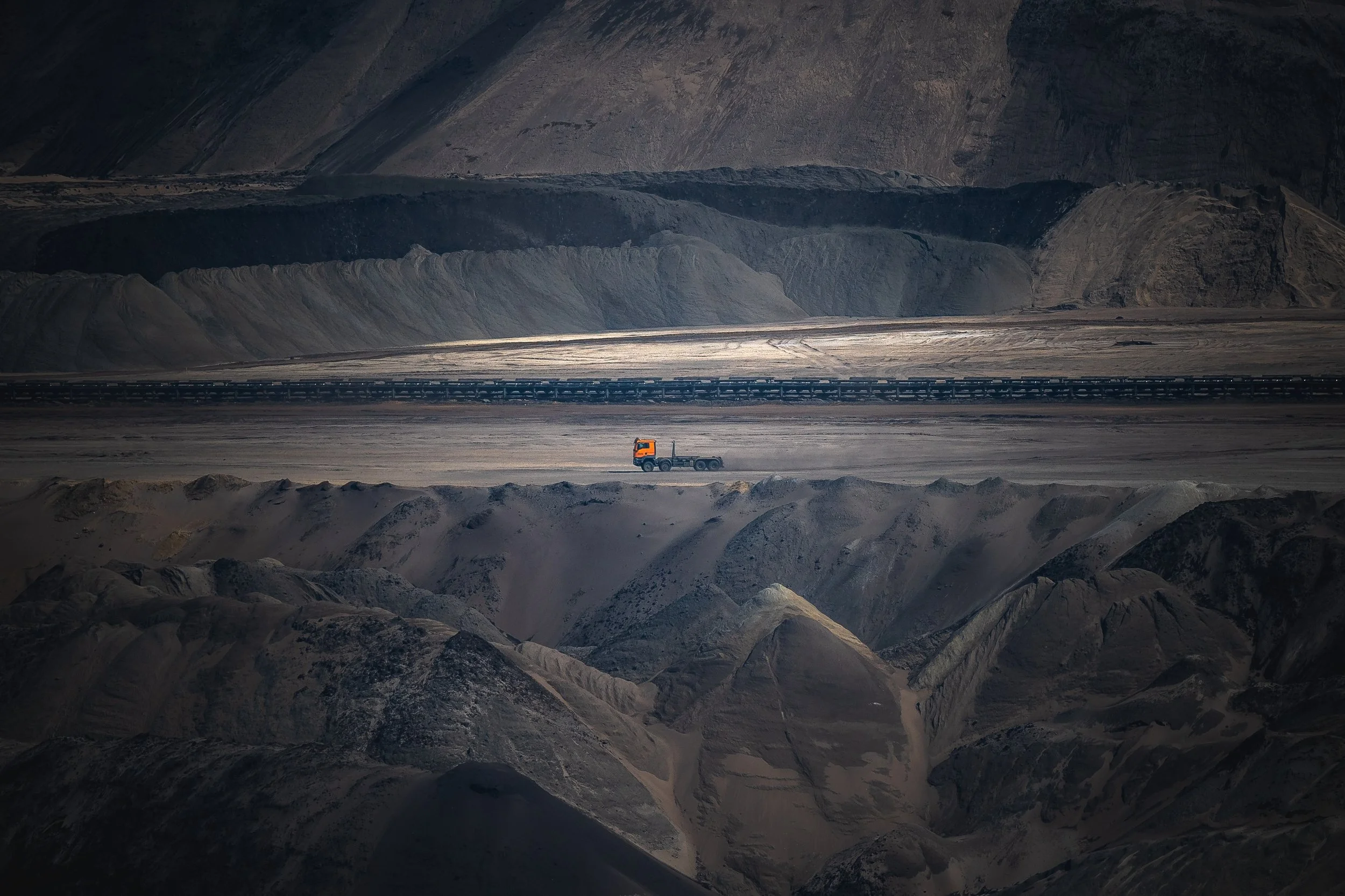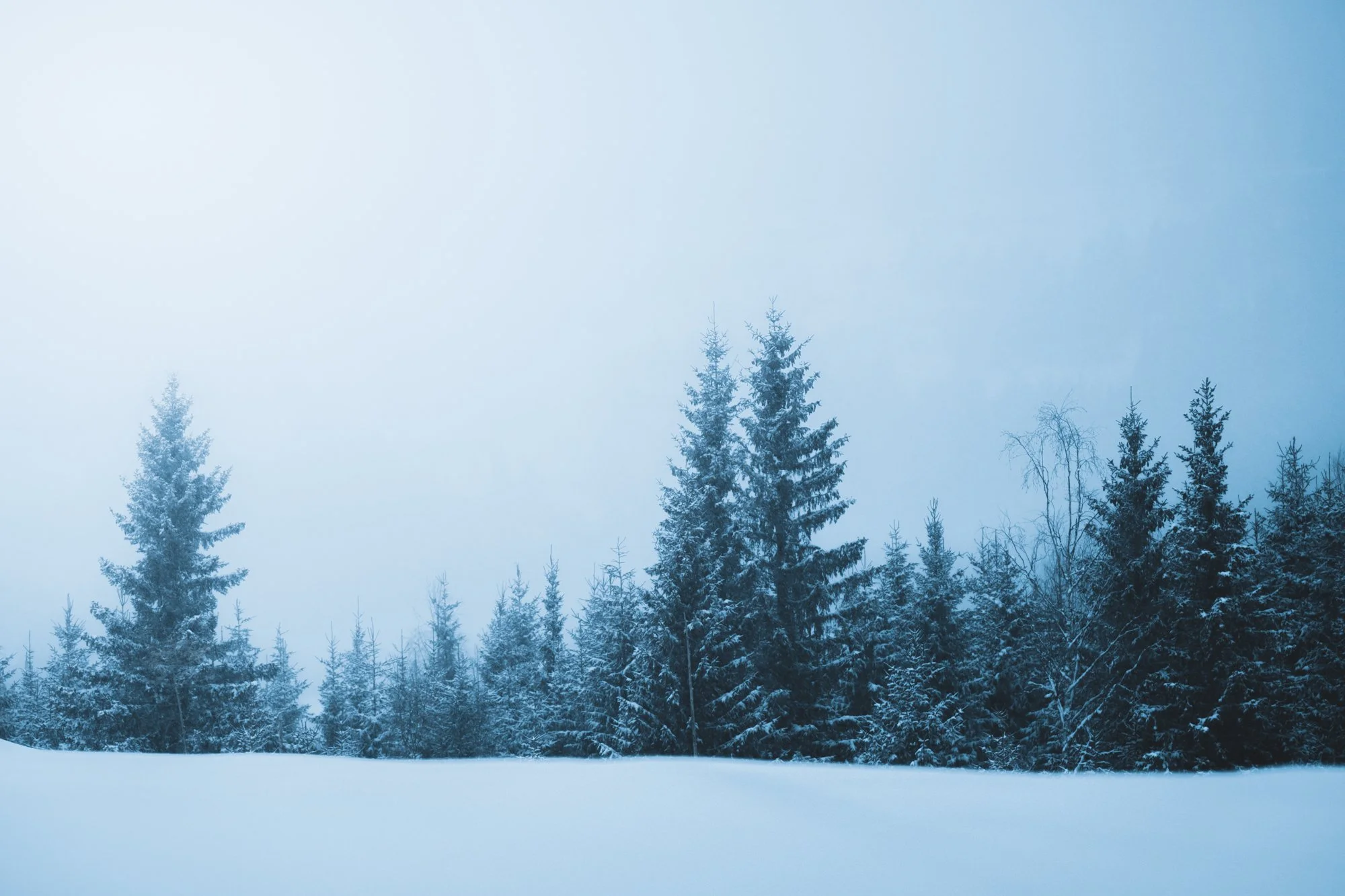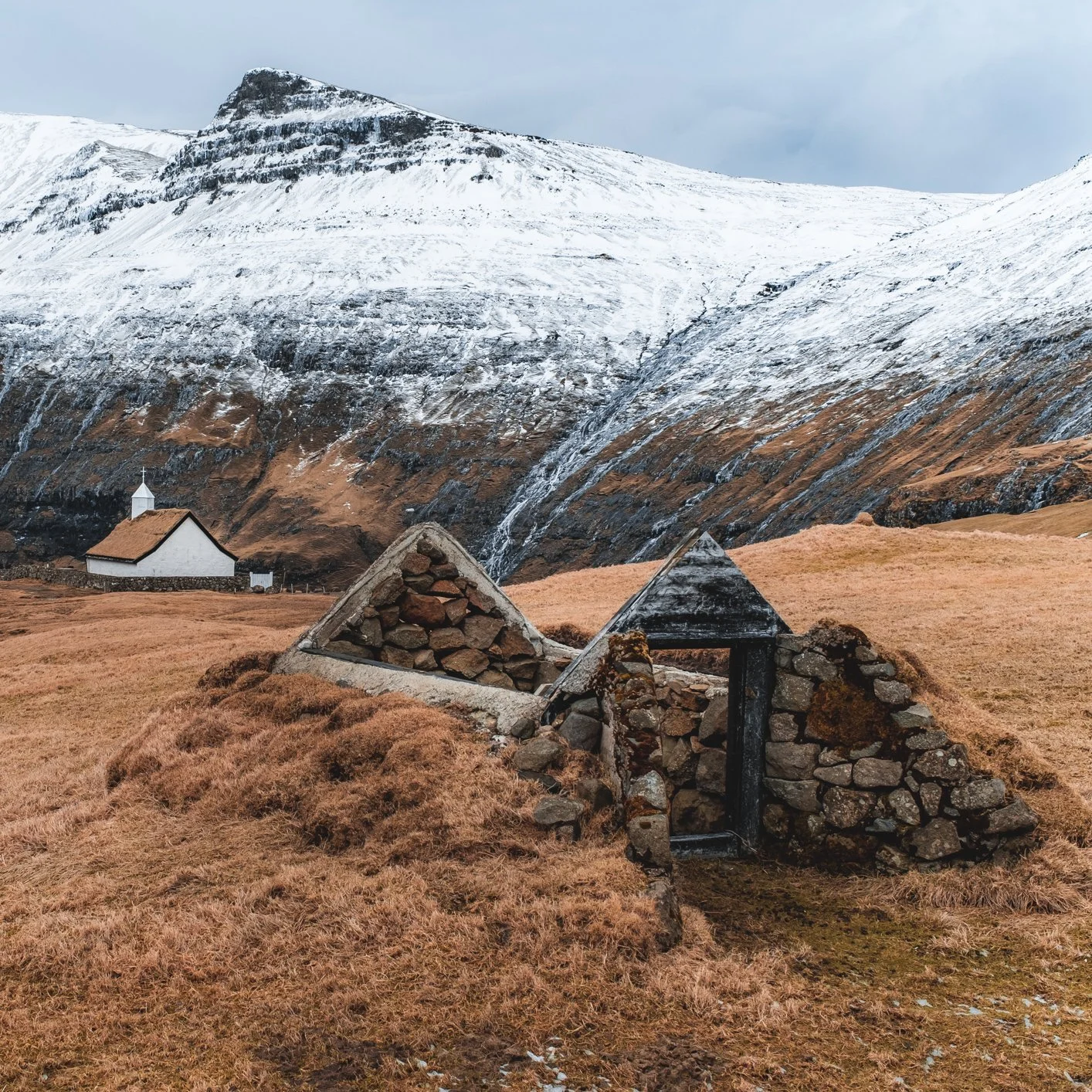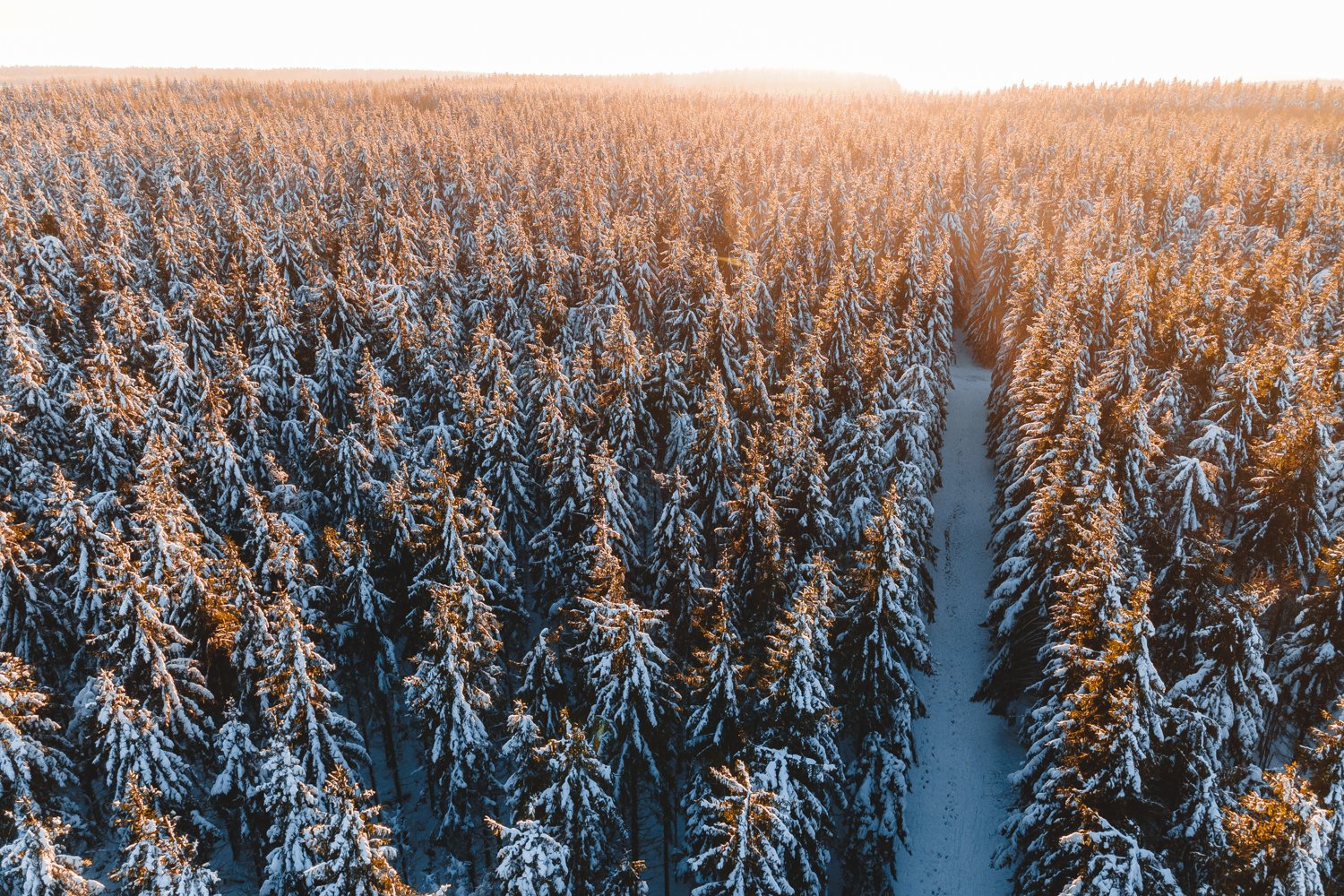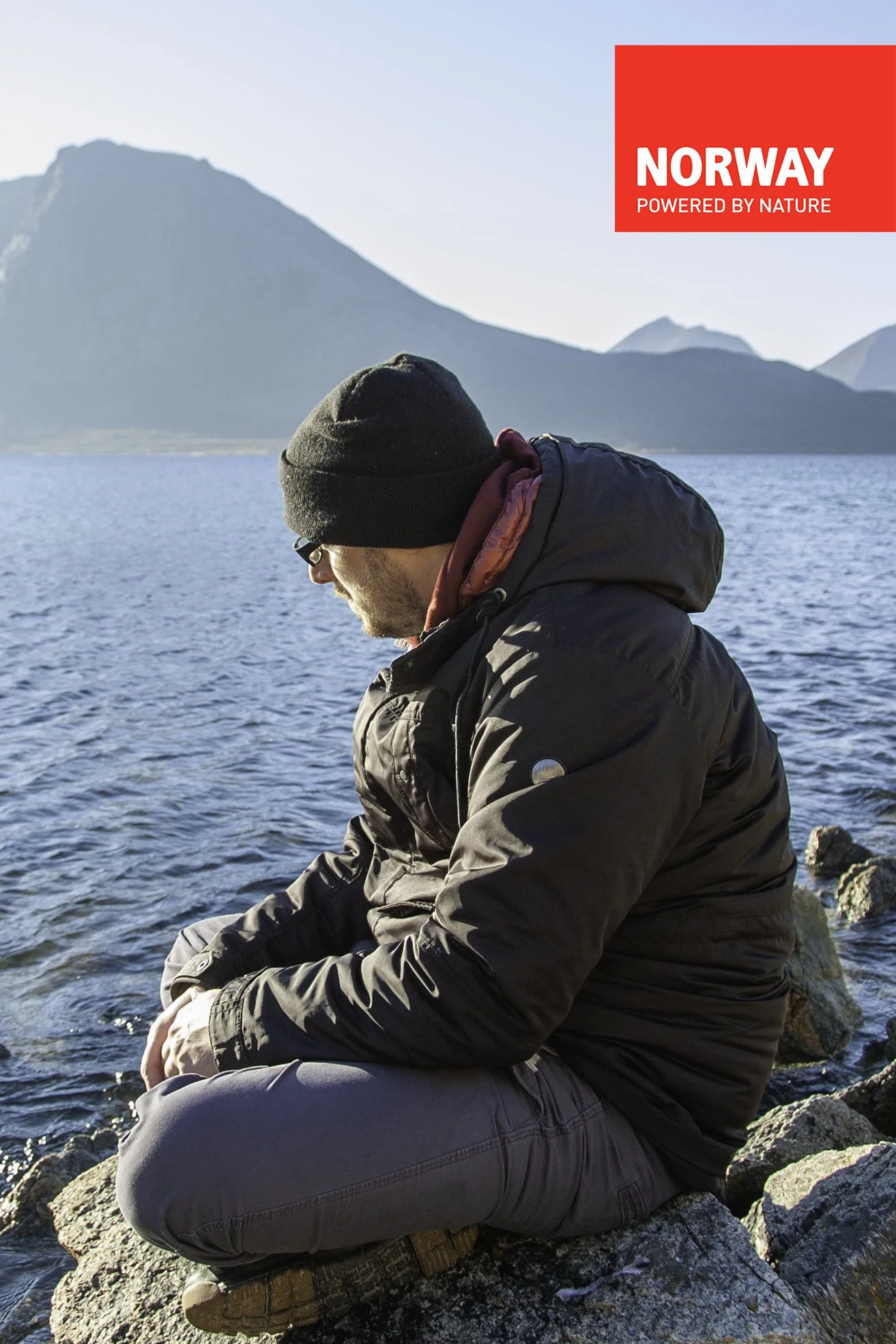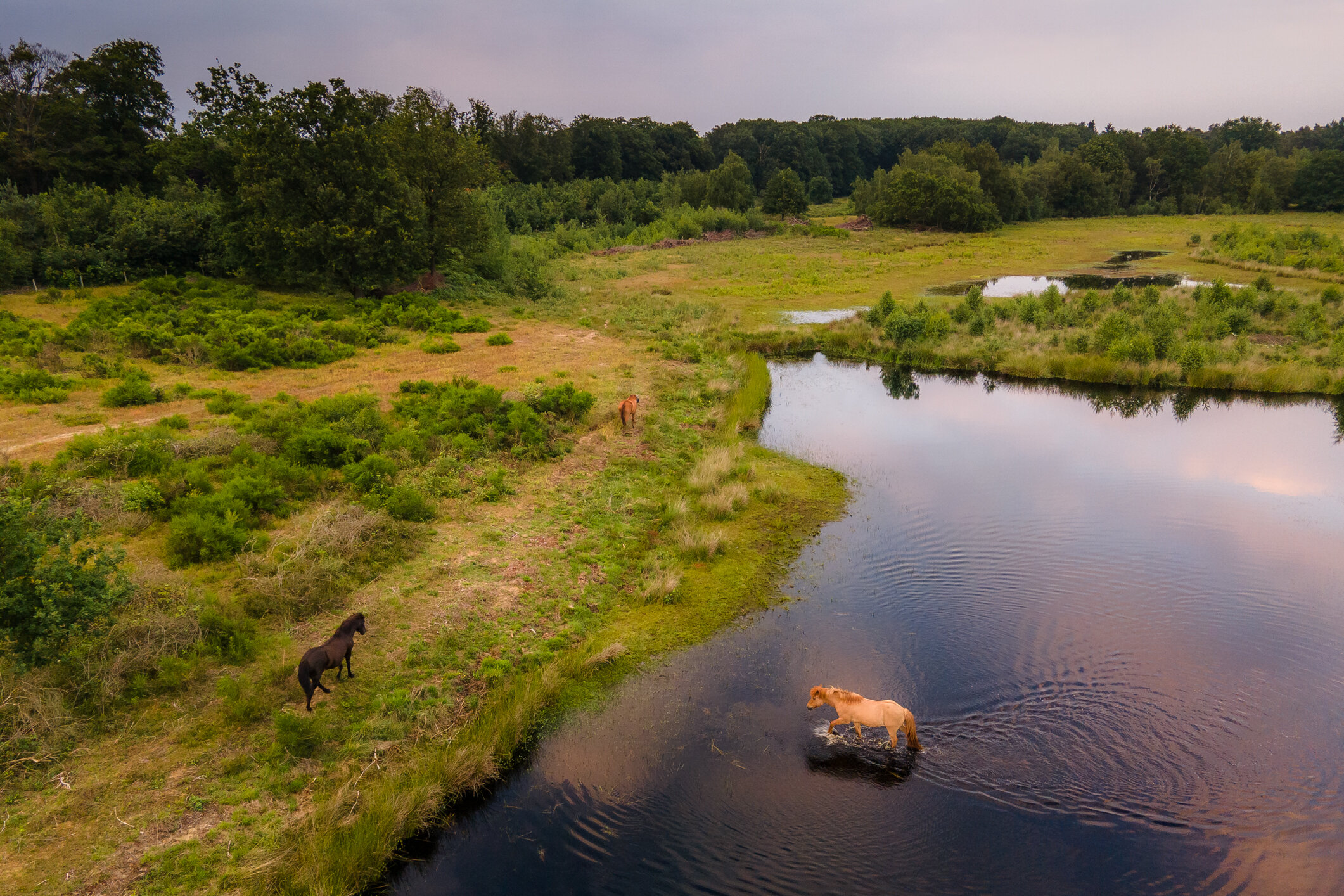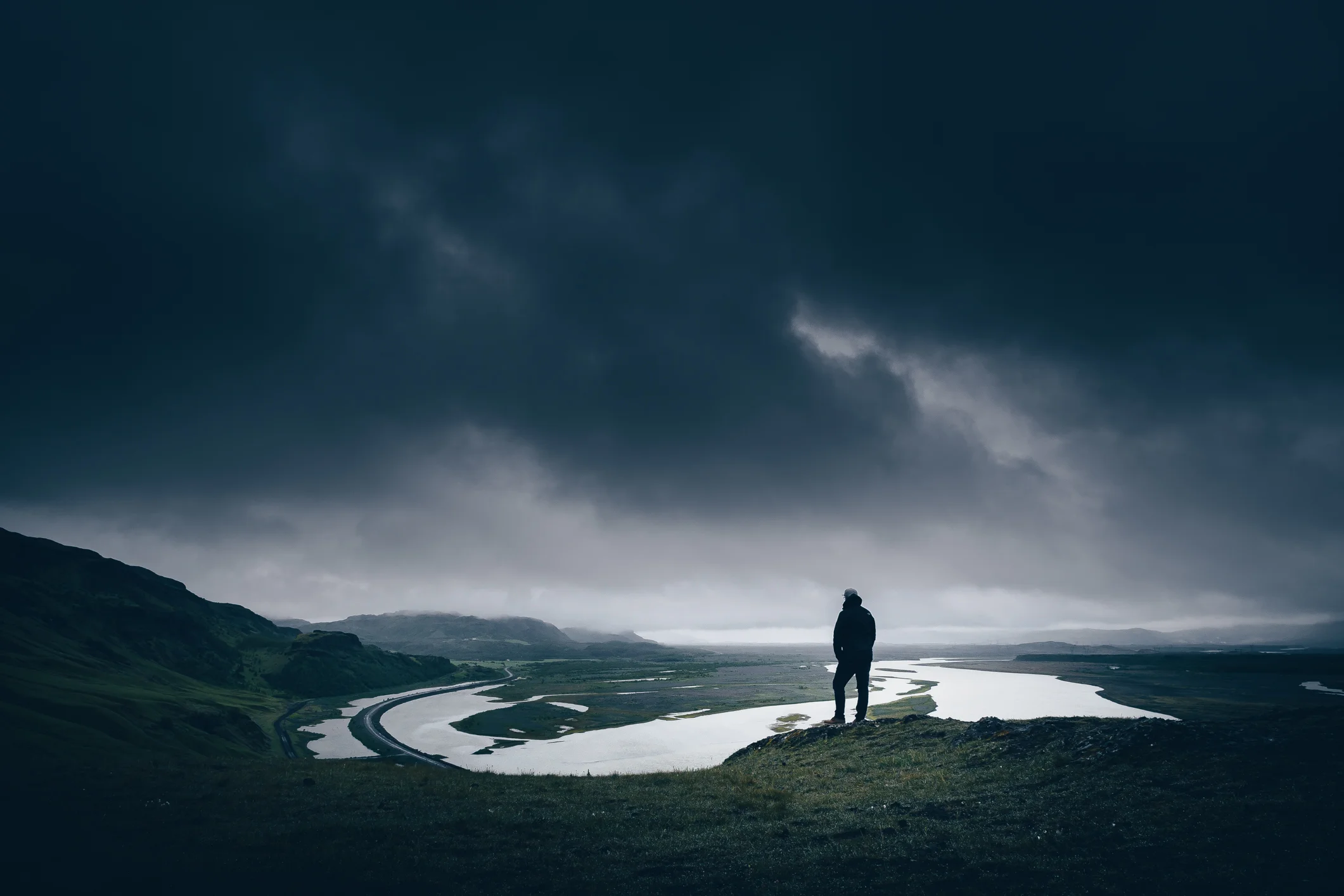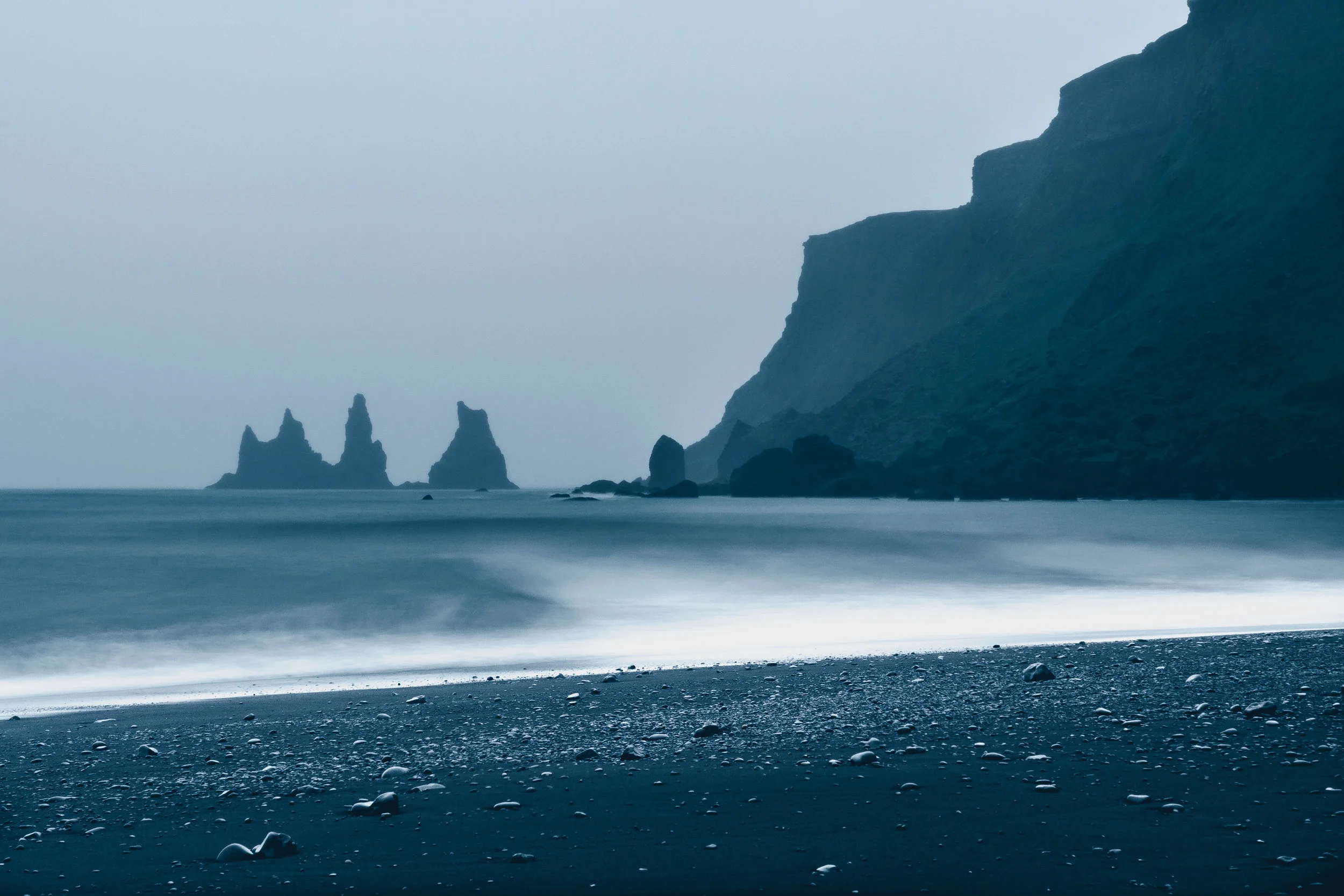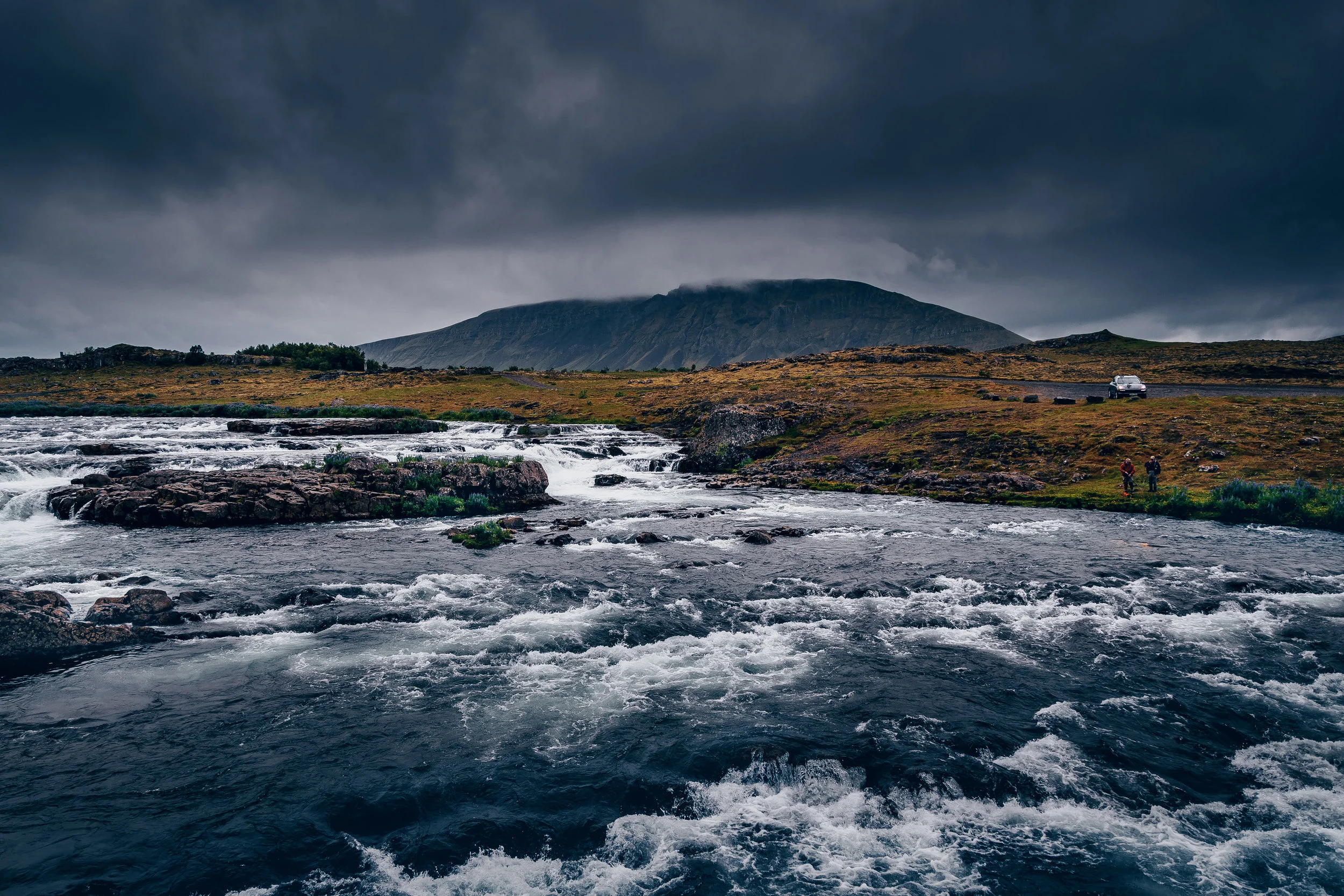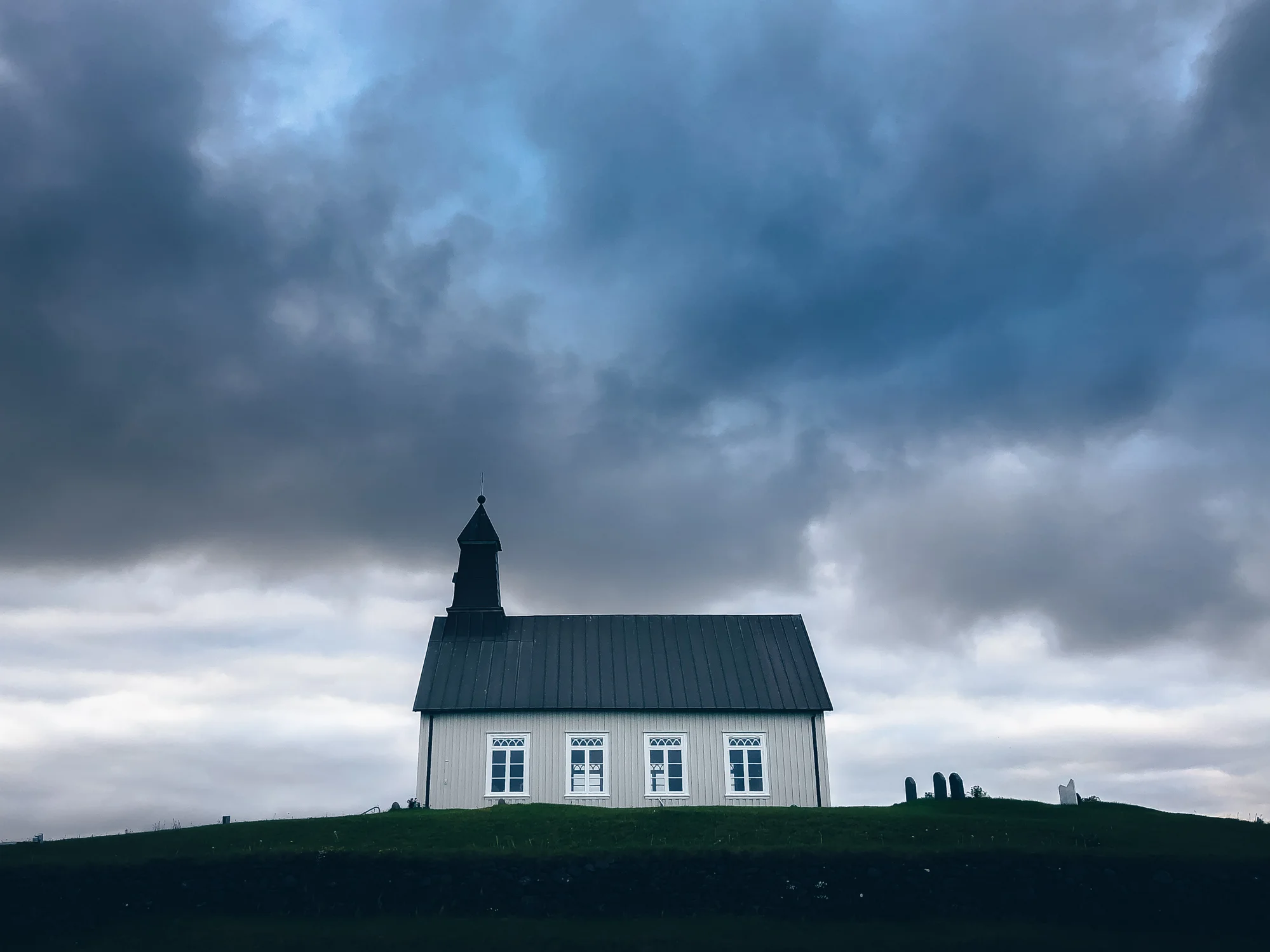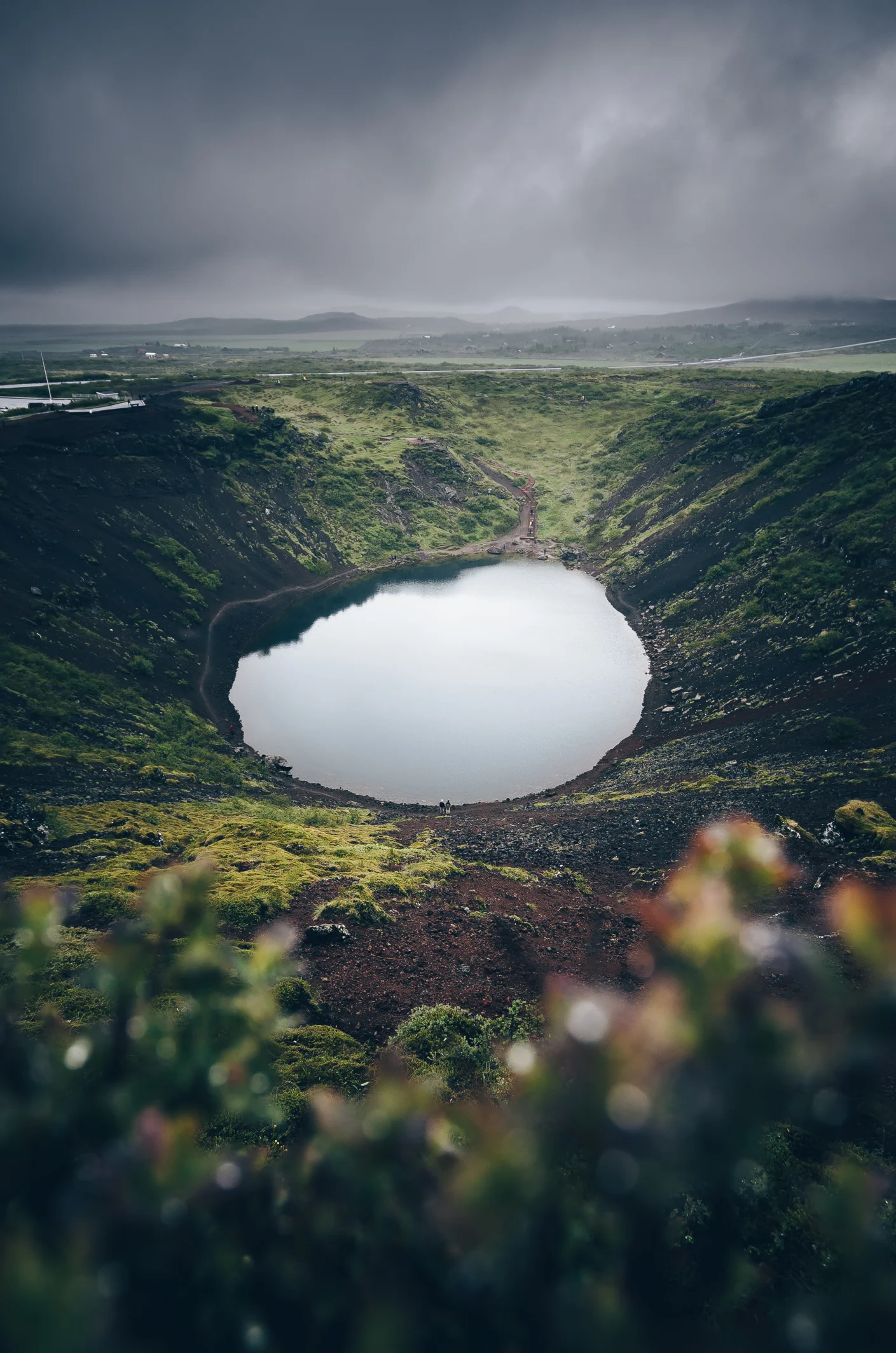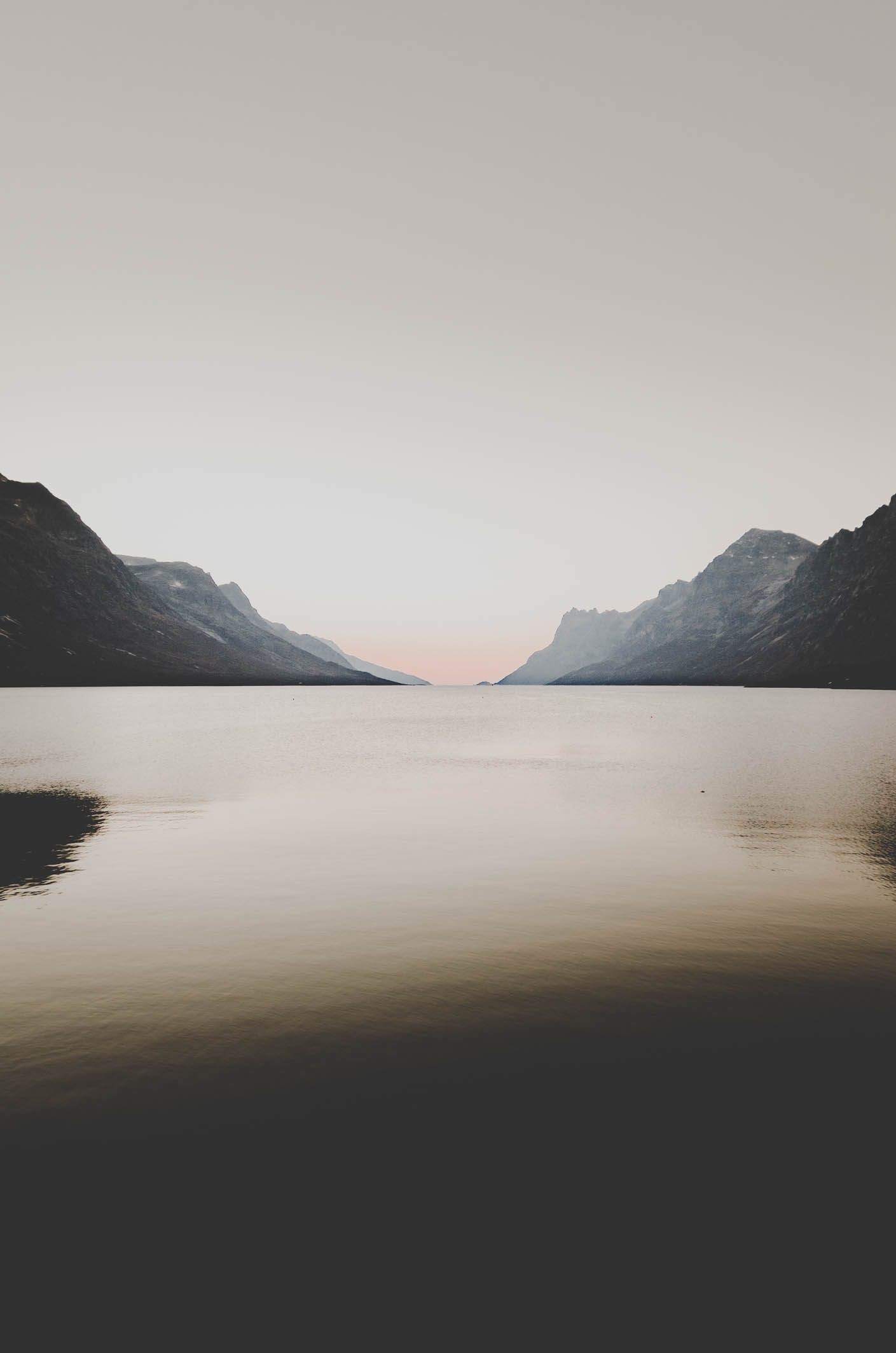In the Faroe Islands there are a lot of waterfalls, big, small, popular and a little bit more unknown.
This particular one is located just north from the town of Eiði, on Eysturoy island. It is fairly unknown, but rising in popularity among photographers. I don't know if it has an official name, not too sure.
I’ve heard that this waterfall isn’t always there. For example in the summer, when there’s less water in the streams on the hill the waterfall will be reduced to a mere single stream running down the cliff. But in Autumn when I visited this location there was a decent amount of water plunging down into the Atlantic ocean. Take a look at some of my shots from this location.
Panorama of the entire coastline just outside of Eiði.
Long exposure shot of the waterfall.
Looking back into the other direction you can see the 71 meter high sea stack “Risin” in front of the rugged clifss. Absolutely amazing scenery.
Massive waves crashing into the cliffs, and the wind is blowing the waterfall back up onto the cliff.
Another long exposure, with me trying to stand still. Which was pretty hard with heavy winds throwing you around.
Thank you for checking this blogpost out, feel free to share this link on your social media. That would be highly appreciated.



